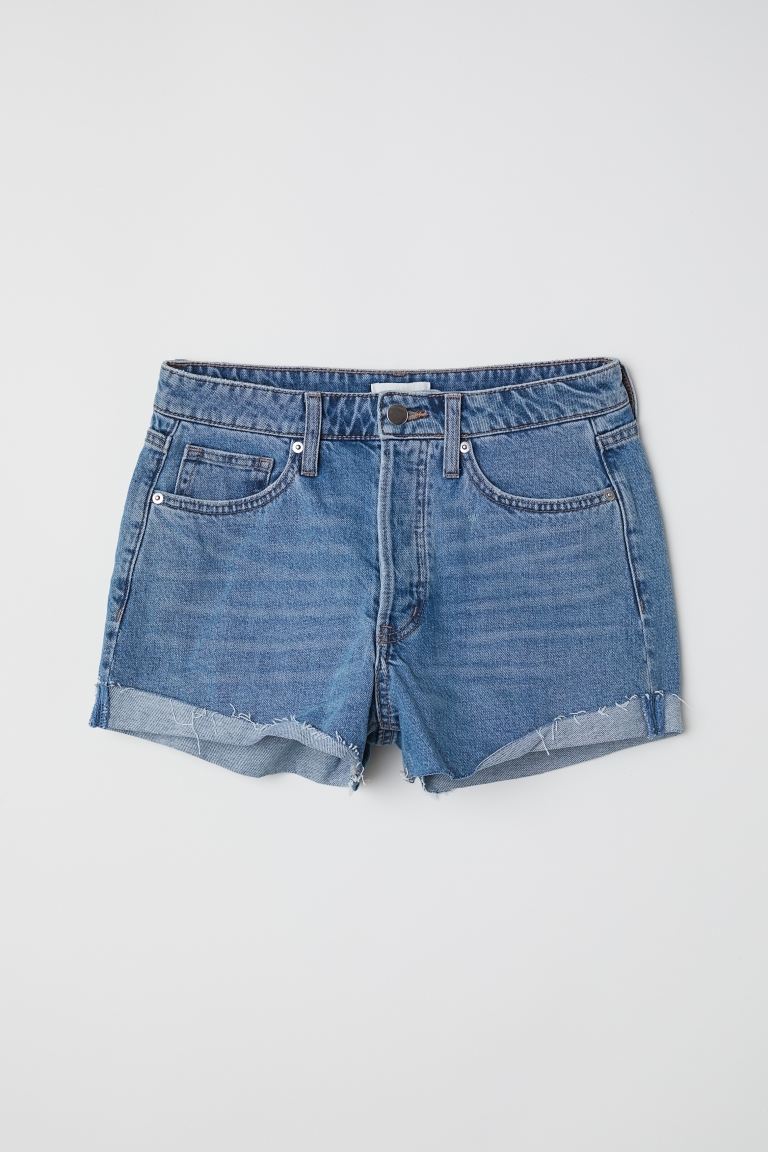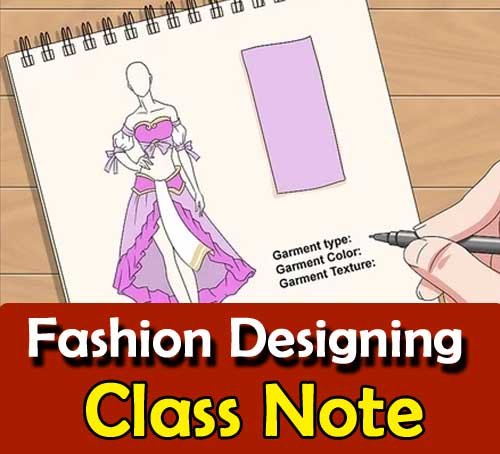Different Types Of Garments
Pants / Trousers
Worn on the lower body to keep the legs warm and covered, pants (or trousers as they’re also known!) are an iteration of the early 19th century knickerbockers, and have been worn by women since the 1920s.
Back then the legs of trousers and pants were baggy in style, and it wasn’t until the 1970s that it became acceptable for women to wear pants to both casual and formal occasions.
Petticoat
The petticoat is a type of underwear garment, worn under skirts and dresses as an extra layer for warmth.
They’re not as commonly worn in the 2020s as they were when I was growing up in the 1980s – I recall my gran making petticoats for herself and her sisters whenever she bought a stash of silky fabrics.
Playsuits
Not dissimilar to a jumpsuit, a playsuit is shorter in length on the legs. Made from a variety of fabrics and cut in as many styles, a playsuit is a great contemporary piece of clothing – if you can handle taking the entire thing off to pop to the toilet!
Playsuits are often also called rompers when referring to those designed for women!
Poncho Ponchos originate from South America, and look a lot like big blankets with just a simple opening through which we place our head. My other half has several which he uses to keep warm in the winter months.
They can be solid in color, or created with different designs when woven.
Pajamas
Pajamas are worn by women, men and children as nightwear, but are increasingly made popular as evening wear by current fashion designers.
This ‘nightwear’ as ‘evening wear’ trend started a century ago back in the 1920s.
Sarong
The sarong is a traditional piece of clothing worn by the women of Bali and Tahiti but has been a popular summer garment since the 1940s!
It is a long piece of fabric which can be worn either wrapped around the lower part of the body and tied at the waist to look a little like a skirt, of wrapped around the upper body and tied at the neck so that it acts a little like a dress.
Shawl
Another item of clothing made from a square piece of cloth, the shawl acts as a cover up. The fabric can be lightweight for evening wear shawls or cut from wool and used to keep warm.
A longer version of a shawl is called a stole!
Whether worn indoors or out, shawls are a handy piece to have to throw over your shoulders.
Shirt
A shirt is a piece of clothing worn on the upper body. It traditionally has a front placket at the center front with a button opening, so that the shirt can be put on and buttoned up.
Shirts are worn as casual wear and evening wear by both men and women.
I have a great guide to the many different types of shirts!
Shorts
Women have worn shorts – a casual garment – since the 1920s, though they are often vamped up by fashion designers and worn as evening wear when out for a night out.
Shorts are also popular as a simple summer staple with a vest top, worn with a shirt tucked into the waist or as part of a two piece pyjama set.
Shorts are easy to make, and the legs can be super short hot-pant style to knee length. The pair below in the photo are the men’s drawstring shorts pattern that I made for my partner.
Skirt
A skirt is another type of clothes worn on the lower body. They can be made form any fabric that you can think of, come in long, midi, mini and micro lengths, as well as many different styles.
Learn more about the different types of skirts and styles here!
Skort
Part skirt and part shorts, the skort is a type of clothing that looks like a skirt from the front – due to an overlapping panel of fabric – but looks like shorts from the back.
A skirt is technically a pair of shorts – it has bifurcated leg pieces – but with the additional front panel, it looks like a skirt – hence ‘skort’.
I’ve never worn one, but I believe they were made popular by tennis players!
Socks
Of course no guide on the different types of clothes would be complete with our socks. Whether shop bought or hand knitted, socks are what keep our feet toasty warm in those winter months and sticky and sweaty throughout the summer.
Made from knitted fabrics, socks can be barely-there sports socks which slip of the ankle when you’re running around, ankle length to keep the chill away on cooler evenings or even full on knee high (or thigh high!) for full on leg warmth!
Sweater
Sweaters are garments worn on the upper body by women, men and children. They are made from knitted fabrics, and also go by the name of ‘jumper’ in some parts of the world.
Learn more about sweaters with this guide to different sweater types!
Swimsuit
Whether a classic one piece or cut into two pieces to form a bikini or tankini, a swimsuit is worn when in or near water. It is made from a knitted fabric with two way stretch and negative ease so that it clings to the body when wet.
Originally known as a bathing suit back in the late 1800s, it was always back then a two piece suit made of wool making it useless for swimming in. It wasn’t until the 1920s that swimsuits with elastic were created – by Jantzen – but these were still not suitable for swimming.
By the end of World War II fabrics had evolved and the swimsuit as we now know them evolved.
Teddy
A teddy is a relatively loose fitting piece of underwear. It has narrow straps allowing it to hang from the shoulders and is ‘done up’ under the crotch. It is very much like wearing a bodice slip with knickers / panties in an all-in-one piece of clothing.
I recall being a girl of sixteen and being given a teddy by my mum, sort of like a ‘coming of age’ gift. It was made from silk satin, had lace trim at the bust and poppers on the crotch gusset.
I loved that teddy – and wore it under dresses as underwear – and should probably make some for myself!
Tie
Ties are worn under the collar of shirts, either as a long tie or a bow tie. Worn mostly by men, they are slowly becoming popular with women.
I have two fab bow ties which I like to wear from time to time. One I made myself can be seen in the photo below!
Tights
Worn from the tippy toes up to the waist, tights are a knitted piece of clothing that are skin tight. Worn in a heavy denier in the winter months for warmth, and a lighter, silkier denier in the summer, tights are also referred to as hosiery and have been around since 1960s.
As well as being available in different ‘deniers’ and colors, tights are also created with design in mind – they can be polkadot, fishnet, diamond, lacey and everything in between.
Think of them as a great way to add some oomph to an outfit!
Tops
We’ve looked at blouses and shirts but another upper body garment type are tops. These could be crop tops, boob tubes, tank tops and others, but they’re known as ‘separates’ by fashion designers.
Whether made from knit or woven fabric types, ‘tops’ are a great way to be more unique with what you’re wearing, especially if you’re making your own clothing. A pattern for a top can use next to nothing if the design is basic to meters if it’s a complex draped design.
Tracksuit
Popularized by athletes, the tracksuit is a two piece outfit made with ‘jogger’ style bottoms and a long sleeved top. The top can have a zippered opening or be a simple pullover style top. They’re usually made from cotton or sportswear friendly synthetic fibers.
A 1980s version of the tracksuit (which I recall LOVING!) was the shell suit! Again, it was a zippered top with knit cuffs at the wrists and waist and matching jogger style pants too. Oh the memories!
T-Shirt
The t-shirt is a short sleeved knit top which has become very popular – one could even say an everyday item – piece of clothing.
Waistcoat
A waistcoat is a type of clothing worn by both men and women. They are traditionally worn as part of a three piece suit – over a shirt and under a jacket – though women have for several decades taken to wearing them with just a bra underneath for a slightly sexier look.
Types Of Clothes
This list of the different types of clothes is not exhaustive. It covers only a period of time relevant to us in the 2020s with some historical context added in.
I could of course create an even more in-depth guide covering the types of clothing from different eras – Byzantine is just one that springs immediately to mind! – but as that would be more for historical information rather than contemporary, I think it’s ok to write that at a later time.

